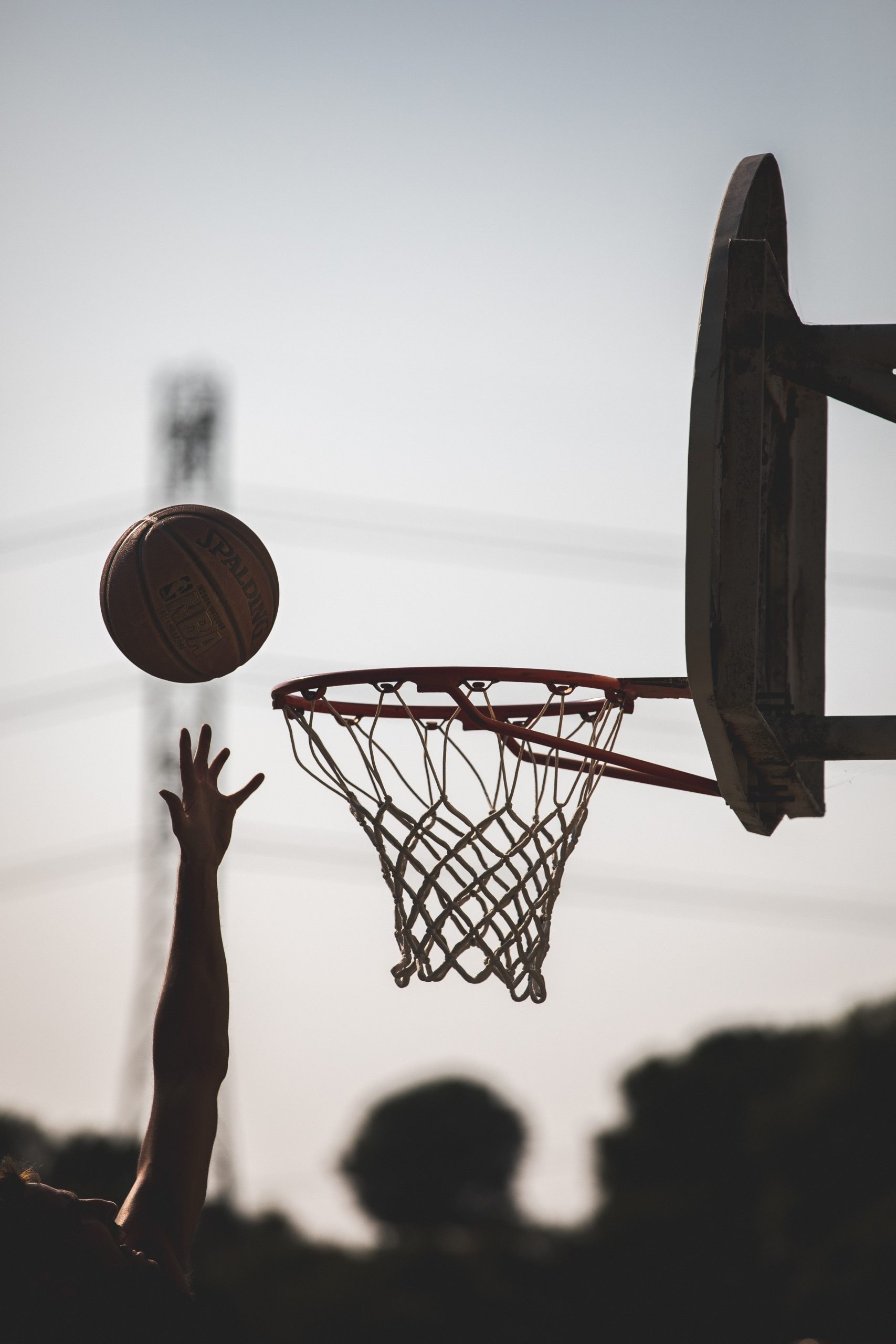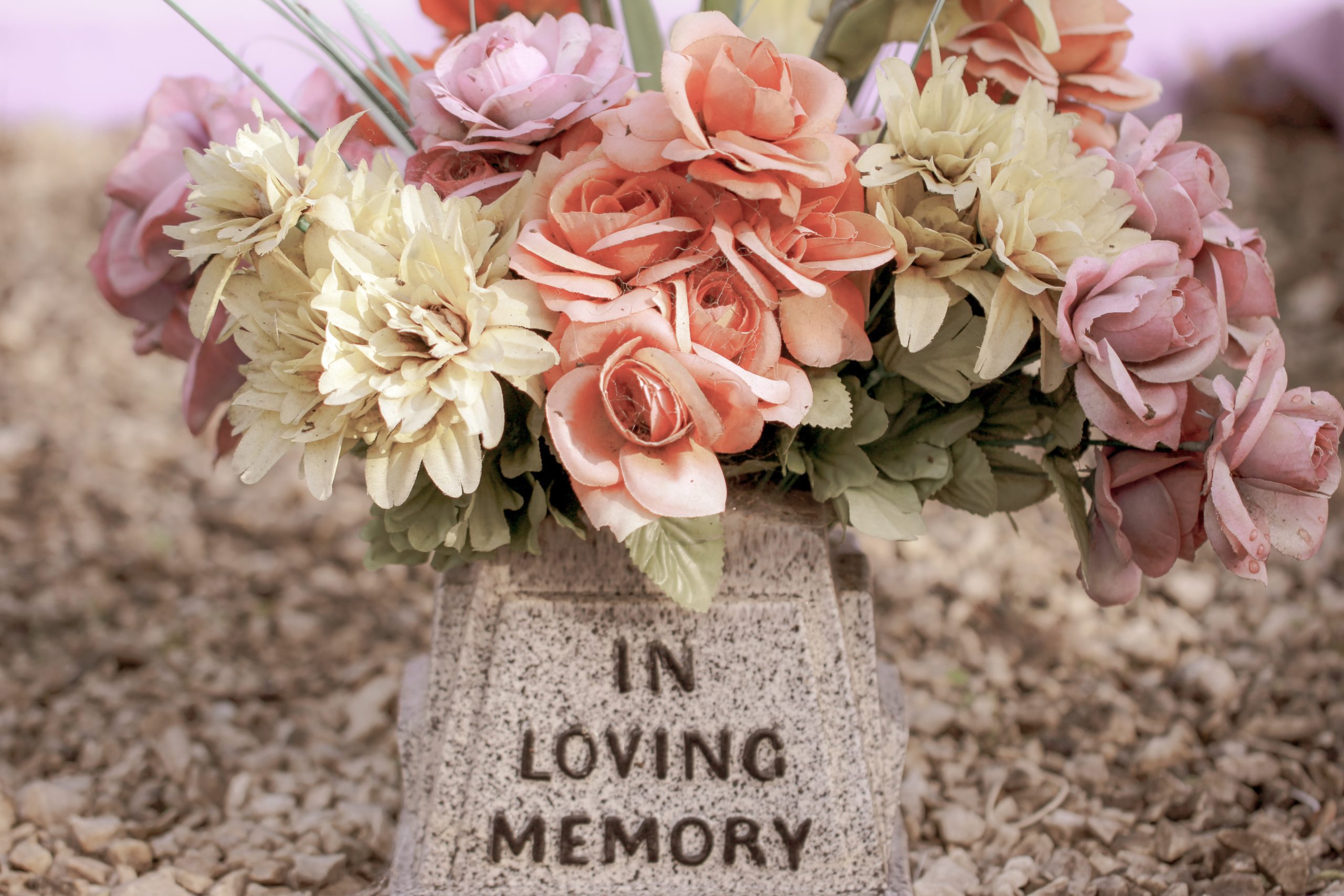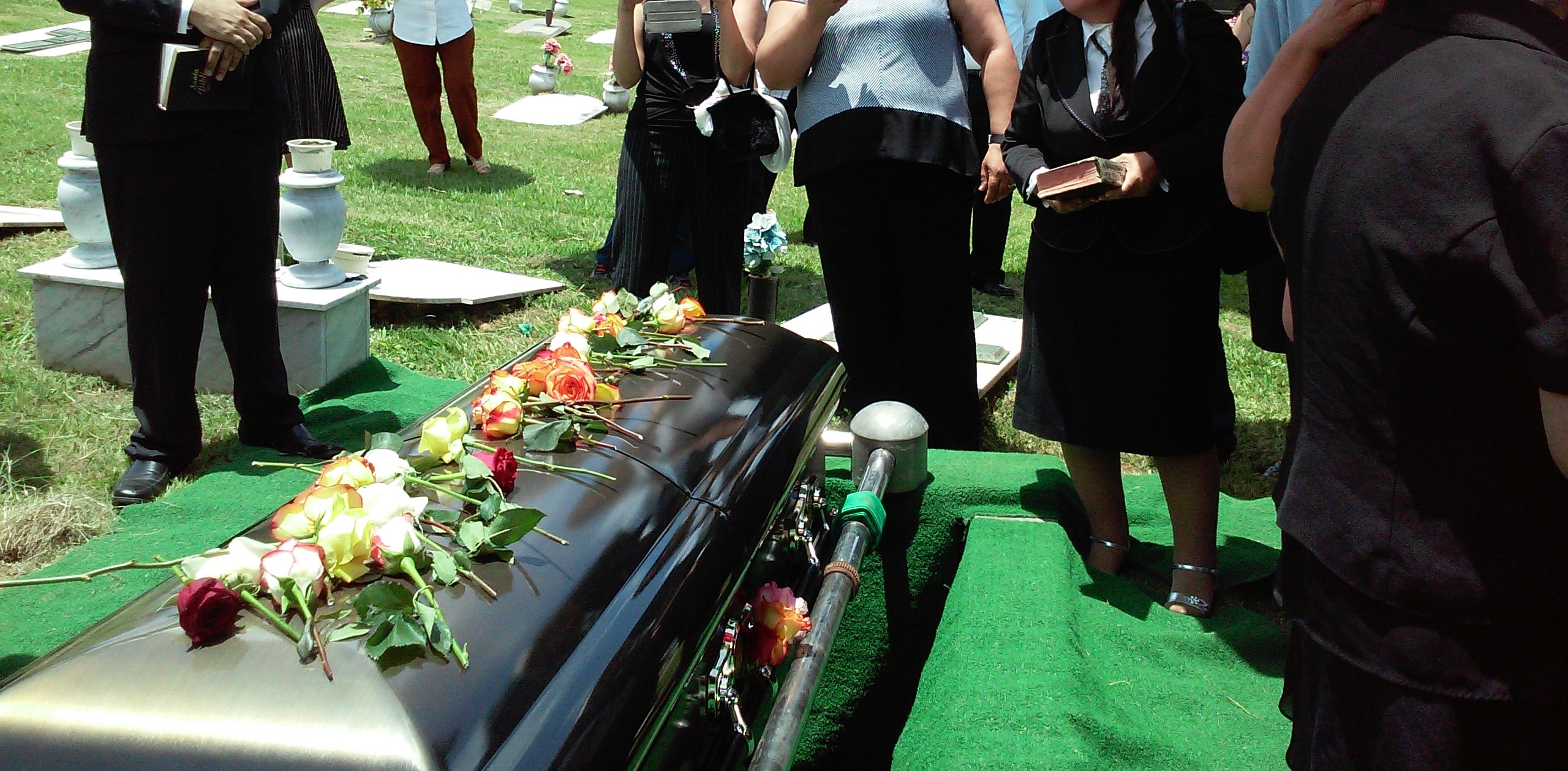Wrongful death cases involving children are particularly heartbreaking, as they bring forth a multitude of emotional and legal complexities. When a child loses a parent or guardian, it is an incredibly devastating experience. Dealing with the legal aspects of wrongful death in these cases requires careful attention and consideration. This article explores the distinct obstacles and factors involved in cases of wrongful death and compensation for children.
Children as Recipients:
When a parent or guardian’s death is caused by the negligence or intentional actions of another party, children can be eligible to receive compensation as beneficiaries in wrongful death cases. The compensation is intended to support their financial and emotional well-being in the wake of such a significant loss.
Special Factors to Consider in Wrongful Death Cases Involving Children:
Guardianship becomes a crucial matter when the deceased parent or guardian is the primary caregiver. When a child is left without parents, a legal guardian is typically chosen to take on the responsibility of meeting their physical, emotional, and financial needs. A surviving parent or another close family member frequently plays this role.
The financial consequences of a parent’s or guardian’s death can be significant. Financial support for the child’s upbringing, such as education, housing, and daily living expenses, may be included in the compensation.
The emotional toll on a child who loses a parent is incalculable. Compensation can cover the expenses of counseling and therapy, providing support for the child in dealing with grief, anxiety, and emotional trauma.
Considering the impact of emotional trauma on children, it is important to take into account the potential for compensation that encompasses pain and suffering.
Considering the child’s long-term needs, such as college education and future financial support, is crucial when determining appropriate compensation.
Understanding the Legal Process for Compensation:
In wrongful death cases involving children, the legal process for seeking compensation typically follows a series of steps:
An attorney experienced in wrongful death cases is consulted by the child’s legal guardian to assess the situation and determine if the child is eligible for compensation.
A Lawsuit is Filed: A wrongful death lawsuit has been filed on behalf of the child, with the aim of seeking compensation for the losses they have endured.
An attorney thoroughly investigates the circumstances surrounding the wrongful death, diligently collecting evidence that substantiates the case. The evidence in question could encompass medical records, witness statements, and expert testimonies.
The outcome of the case could either be a settlement with the responsible party or a trial, during which the court will determine the appropriate compensation.
Exploring Structured Settlements for Children:
Compensation for children is often designed to meet their long-term needs. Structured settlements are carefully crafted to provide a reliable source of funds for important life events, like education, as the child progresses through life.
The Role of Legal Guardianship:
The child’s legal guardian, typically a surviving parent, has a vital responsibility to oversee and safeguard the child’s financial affairs and emotional welfare.
Wrongful death cases involving children can be highly emotional and legally complex. The purpose of compensation is to ensure that the child’s financial needs are met and to help them cope with the emotional trauma that arises from the loss of a parent or guardian. When it comes to this process, it is crucial to carefully consider the child’s long-term needs and appoint a legal guardian who will act in their best interests. Compensation plays a crucial role in offering vital support and stability to a child when they face the difficult circumstances of losing a parent. Although it can never fully replace the love and care that a parent provides, it serves as a valuable resource in their life.
If you have been injured due to another’s negligence, contact the personal injury lawyers at Darfoor Law Firm for a free case evaluation at 833-DARFOOR.











